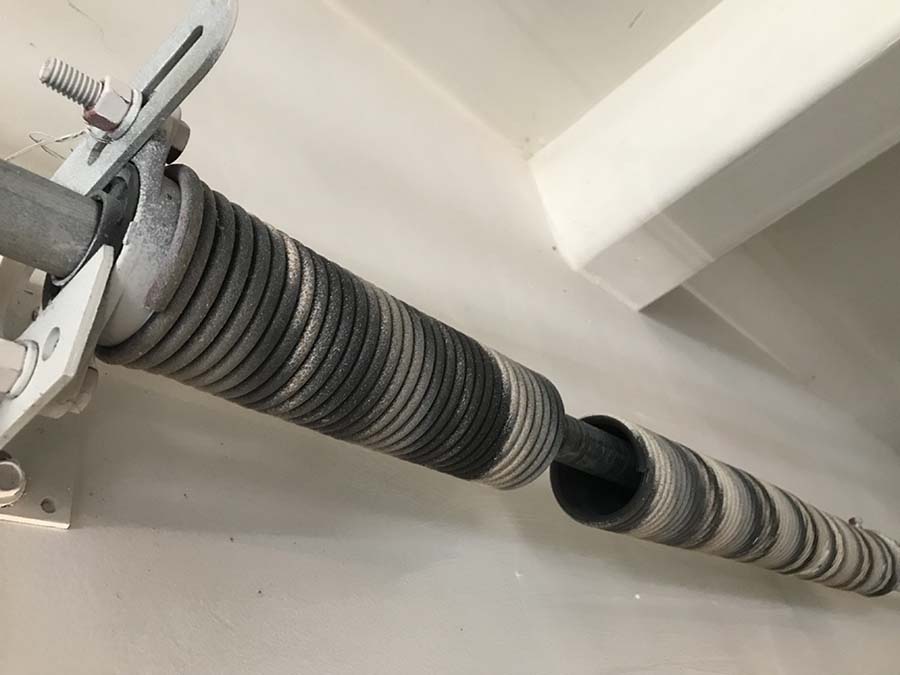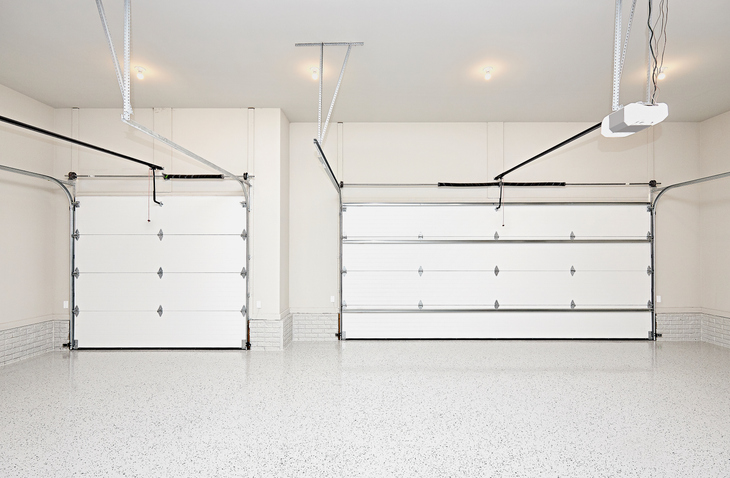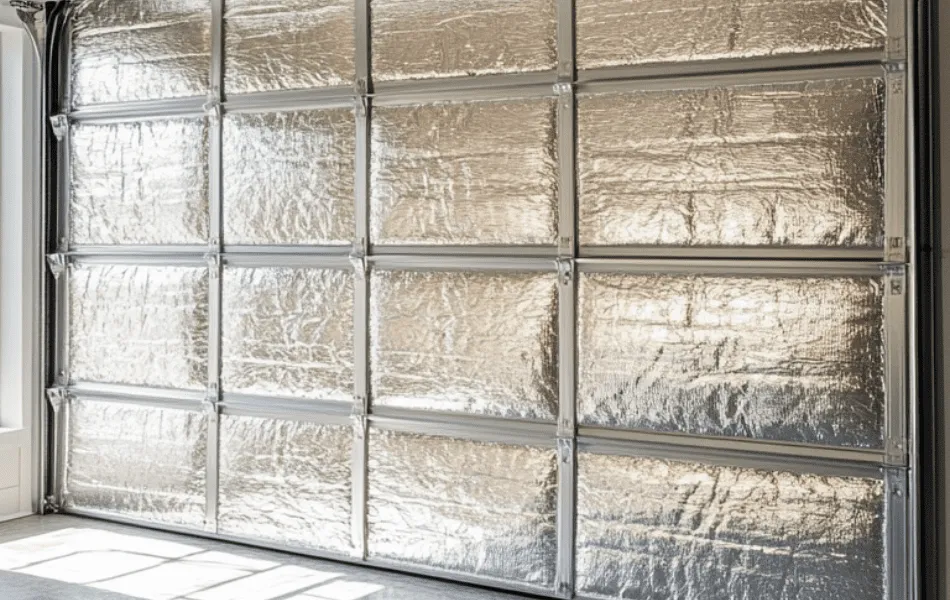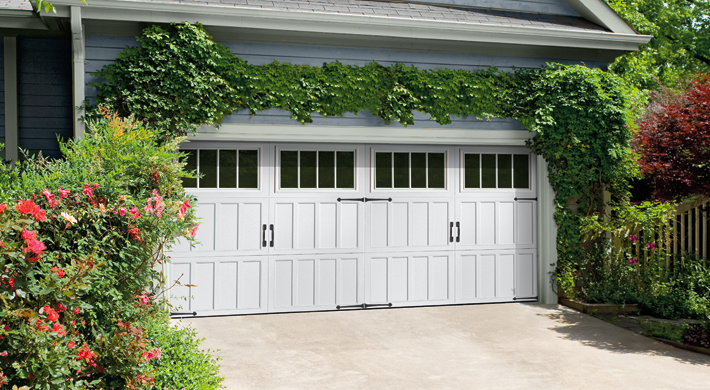Garage door springs are critical components that ensure the smooth operation of your garage door. Understanding the difference between a left and right garage door spring can save you time, money, and a lot of frustration. In this guide, we will walk you through the tremendous ways to identify whether your garage door spring is left or right. This knowledge is especially important if you are a homeowner experiencing garage door issues.

Why Its Crucial to Identify Your Garage Door Spring
Knowing how to identify if your garage door spring is left or right is vital for several reasons. First, it can help in accurate repairs, ensuring that the door functions correctly. Incorrect identification can lead to more damages and higher repair costs. Proper identification also ensures safety, preventing injuries that can occur due to mishandled springs.
The Importance of Garage Door Springs
Garage door springs are essential for the balance and proper operation of your garage door. They bear the door’s weight and assist in easy opening and closing. Without the correct springs, your garage door may not function efficiently, leading to inconveniences and potential hazards.
Types of Garage Door Springs
There are two main types of garage door springs: torsion springs and extension springs. Each type has its unique characteristics and identification methods. In this guide, our primary focus will be on torsion springs, as they are commonly used in modern garage doors.
Torsion Springs Explained
Torsion springs are mounted above the garage door and are responsible for lifting the doors weight by winding and unwinding. These springs are critical for the doors operation and differ based on their left or right orientation.
Visual Identification of Left and Right Torsion Springs
The easiest way to identify whether your torsion spring is left or right is through visual inspection. Torsion springs are color-coded: left-wound springs are often painted red, while right-wound springs are typically black.
Step-by-Step Visual Guide
- Observe the Color: Examine the ends of the springs. Red usually indicates a left-wound spring, while black indicates a right-wound spring.
- Check the Position: Stand inside your garage and face the door. The left spring will be on your left side, and the right spring will be on your right side.
- Look at the Coils: Left-wound springs coil in a counterclockwise direction, while right-wound springs coil clockwise.
Tools Needed for Proper Identification
Before identifying the springs, gather the necessary tools, including a flashlight, safety gloves, and a ladder. These tools ensure a safe and accurate inspection.
Using a Flashlight
A flashlight can help you see the color codes and the coil direction clearly, especially if your garage doesn’t have adequate lighting.
Why Safety Gloves Are Essential
Garage door springs are under high tension, and handling them without gloves can cause injury. Always wear safety gloves to protect your hands during the inspection process.
Common Mistakes to Avoid
While identifying your garage door springs, avoid common mistakes such as misinterpreting the color codes or coil direction. Ensure that you follow the identification steps accurately to prevent any errors.
Misinterpreting Color Codes
Ensure that you correctly identify the color codes. Mistaking a left-wound spring for a right-wound one can result in incorrect installations or repairs.
Ignoring the Coil Direction
Always check the coil direction when identifying the spring type. Failing to observe the direction can lead to improper functioning of the garage door.
Professional Assistance
If you encounter difficulties in identifying the garage door springs, do not hesitate to seek professional help. Trained technicians have the experience and tools necessary for accurate identification and repairs.
When to Call a Professional
If you are unsure about the identification process or feel unsafe handling the springs, it is best to call a professional. They can efficiently determine the spring type and perform necessary repairs.
Benefits of Professional Services
Professionals provide accurate identification, ensuring that your garage door functions correctly. They also offer repair and maintenance services that enhance the door’s longevity.
DIY Identification Versus Professional Identification
Deciding between DIY identification and hiring a professional depends on your confidence and expertise. While DIY identification can save money, professional services offer accuracy and safety.
Advantages of DIY Identification
DIY identification allows you to learn and save on repair costs. It also provides a sense of accomplishment and independence.
Advantages of Professional Services
Professionals bring expertise and experience, ensuring accurate identification. They also handle repairs safely, preventing potential injuries.
How Spring Orientation Affects Garage Door Performance
The orientation of your garage door springs significantly impacts performance. Properly identified springs ensure smooth operation, balance, and longevity of the door.
Impact on Balance
Correctly identified springs provide the necessary balance for the garage door. This balance prevents the door from sagging or getting stuck.
Influence on Smooth Operation
Proper springs ensure that the door opens and closes smoothly. Incorrect springs can cause jerky movements and increase wear and tear.
Maintenance Tips for Garage Door Springs
Regular maintenance of garage door springs extends their lifespan and ensures safe operation. Incorporate the following tips into your maintenance routine:
Lubrication
Lubricate the springs periodically to reduce friction and wear. Use a suitable lubricant recommended for garage door springs.
Inspection
Regularly inspect the springs for signs of wear, rust, or damage. Early detection of issues can prevent major repairs.
Common Problems and Solutions
Understanding common problems with garage door springs and their solutions can help you address issues promptly.
Broken Springs
Broken springs are a common issue that affects the door’s operation. If you notice a broken spring, replace it immediately to prevent further damage.
Rust and Corrosion
Rust and corrosion weaken the springs, compromising their performance. Regular maintenance and lubrication can prevent these issues.
FAQ Section
What happens if I use the wrong spring?
Using the wrong spring can lead to imbalanced operation and cause the garage door to malfunction.
Can I replace the springs myself?
While it is possible to r eplace the springs yourself, it is safer to hire a professional, especially if you lack experience.
eplace the springs yourself, it is safer to hire a professional, especially if you lack experience.
How often should I inspect my garage door springs?
Inspect your garage door springs every six months to ensure they are in good condition and functioning correctly.
Conclusion
Identifying whether your garage door spring is left or right is essential for proper maintenance and repair. By following the steps in this guide and seeking professional assistance when needed, you can ensure the longevity and efficient operation of your garage door. Learn More Maintain Your Home










